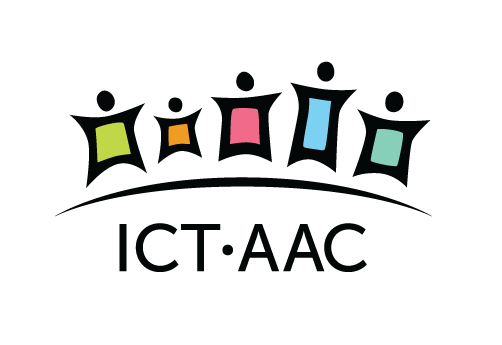Small and medium enterprises
Small and medium enterprises (SMEs) involved in:
- social networking software development;
- human computer interface hardware development; and
- software distribution,
belong to the project’s target group focused on commercialization of innovative services for persons with complex communication needs (CCN). One representative of each SME group is supporting the project as an associate, while interaction with others is achieved through knowledge dissemination events. The needs of SMEs are related to know-how and technology in the area of alternative and augmentative communication (AAC) service development. Their constraints are related to inadequate resources (e.g., non-expert employees, lack of industry best practices) for designing and developing AAC services.
Researchers
Researchers from the four partner higher education institutions (HEIs) belong to the project’s target group involved in creation and evaluation of innovative services for persons with complex communication needs (CCN). They come from multi-disciplinary fields such as computer science, speech pathology, education and rehabilitation, psychology and graphic technology and collaborate utilizing a holistic approach in problem solving and building-up know-how and knowledge capacity.
The needs of researchers include:
- connection with all other listed target groups for the purpose of collecting their requirements as input, and experienced quality feedback; and
- collaboration efforts to achieve multidisciplinary research and development (R&D).
The constraints of researchers are related to:
- limited capacity (resources); and
- limited availability of technology necessary to provide ICT-based alternative and augmentative communication (AAC) services.
Professionals
Professionals in education and rehabilitation as well as in speech and language pathology belong to the project’s target group involved in early childhood intervention and inclusive support, due to fact that use of alternative and augmentative communication (AAC) in early childhood can lead to increased learning potential as well as support for social inclusion. The needs of professionals in education and rehabilitation correspond to those specified for caretakers. Additionally, they need to be able to analyse the achieved quality of experience of AAC services based on Information and Communication Technology (ICT). The constraints of professionals in education and rehabilitation are related to lack of ICT equipment and knowledge regarding the applicability of AAC methods.
Caretakers
Caretakers belong to the project’s target group focused on parents and family members of persons with complex communication needs (CCN). This target group represents the main communication partners of persons with CCN, who also help them to interact with other entities from their environments. The caretakers’ needs include:
- ability to improve communication possibilities with persons with CCN;
- training in skills and knowledge related to new communication possibilities; and
- networking services to share knowledge, experiences and learning materials among each other for more efficient cooperation.
Their constraints are related to:
- lack of learning materials;
- lack of available time to create communication and learning aids; and
- lack of communication to exchange experiences
Persons with CCN
Persons with complex communication needs (CCN) are those persons who cannot realize their communication needs through existing, typical ways of communications due to various reasons which limit their ability for independent functioning.
Persons with CCN belong to project’s target group focused on persons with Down syndrome, Autistic Spectrum Disorder, severe intellectual disabilities, and complex physical disabilities. All these groups of persons can benefit from alternative and augmentative communication (AAC). Their needs are related to:
- social inclusion and participation (e-Inclusion), especially focused on promoting their greater independence and ways of expressing their feelings; and
- participation in designing policies which affect their lives.
Constraints of persons with CCN stem from their disabilities, with individual persons having varying capacities related to:
- nonverbal cognitive abilities;
- receptive or expressive language; and
- speech.









